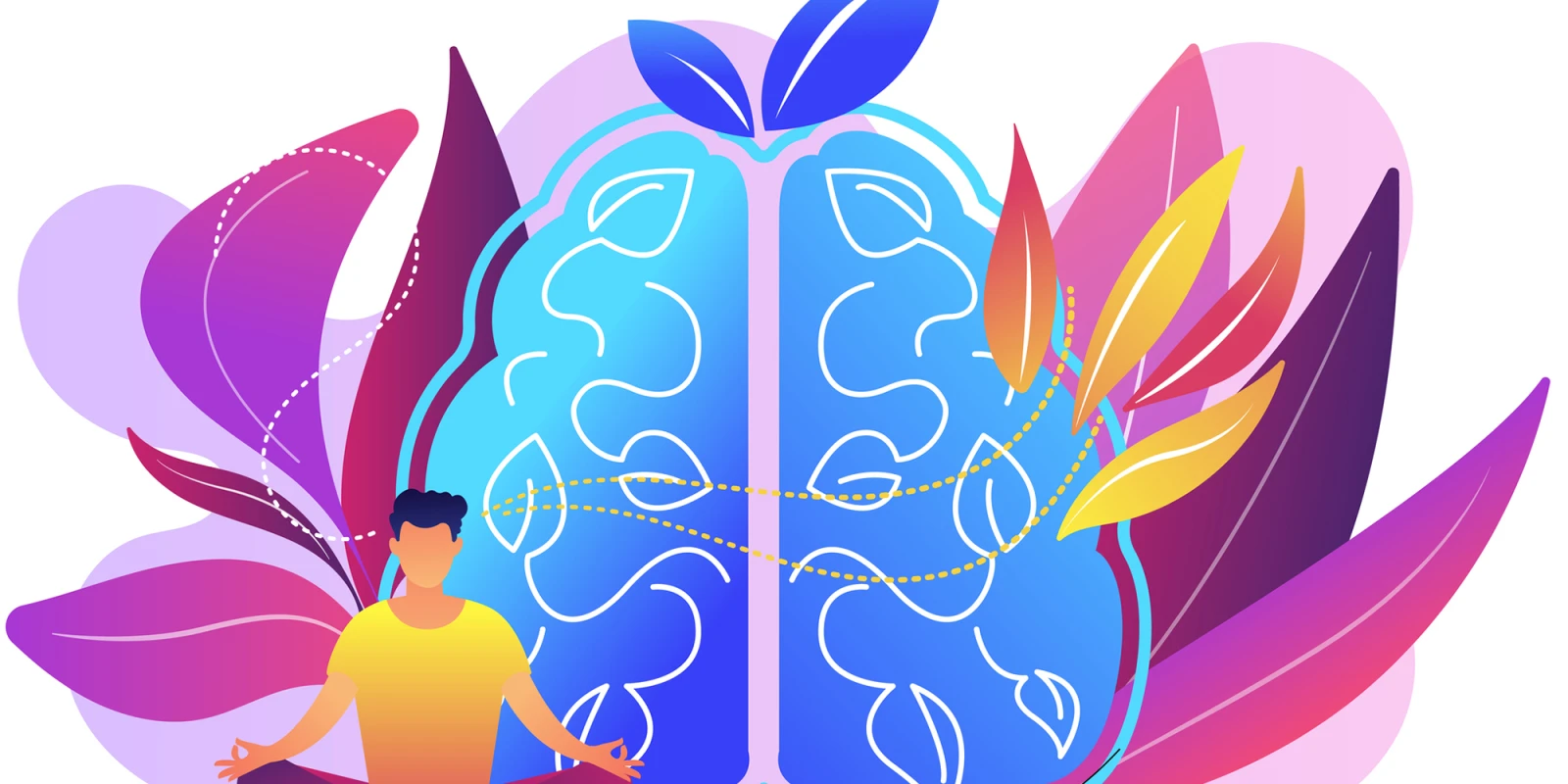
Burnout is a popular topic right now in health care. The ever increasing demands of navigating electronic health records, of administrative tasks combined with heavy patient loads, and of managing increasing levels of chronic illnesses are creating a high-stress environment.
I’d like to offer some brief mindfulness tips for busy clinicians to use throughout the day. These tips are based on Reiki, a healing modality that originated in Japan. The brief exercises below should not demand much time; even just a few seconds can help relieve stress and maintain empathy.
Setting an Intention for Clinical Visits
In yoga classes, we often start by setting an intention for the class. Many people find setting an intention in other contexts is also helpful. For example, if I am anticipating a stressful visit with a patient (e.g., I know that I will be giving bad news or diagnosing a difficult problem), I will set an intention for the visit. An intention I may set prior to entering the room could be: “I intend that during this visit, we will review the diagnostic studies and discuss proceeding by consulting with a specialist.” Recommending a consult may be the obvious reason for the visit, but when you’re in the midst of a busy day and dealing with a patient who is suffering, the original intent can be lost. Simply reminding yourself of the intent internally can keep both you and the patient focused.
Alternatively, the clinician and patient can set an intention together. Sometimes, I may have an intention to fix the patient’s problem, while the patient’s intention is simply to have questions answered. Although we already do this in the form of a “chief complaint,” acknowledging the energy behind the chief complaint can lead to amazing results.
Setting a Healthy Boundary
Clinicians walk a fine line in caring for patients. We must remain objective, while still maintaining empathy. We must be able to connect with patients without becoming overly sympathetic. During a clinical visit, some clinicians may find themselves becoming emotionally (or even physically) drained , particularly if the patient is very ill or has a complicated or painful history. Almost every person working in health care has high levels of empathy for others. Empathy can be a powerful tool, but without awareness, it can drain you. If you find yourself feeling drained, exhausted, or upset after a visit, it may be that you are overusing your empathy. If you are feeling a strong emotion about individual patients, or types of patients, your empathetic drive may be in overdrive. For example, if you are seeing a patient with a chief complaint of “chronic pain” and you immediately worry they are “seeking narcotics” and are therefore dreading the visit before it happens, you may be spending empathy unnecessarily. In fact, the patient may only want to discuss over-the-counter remedies.
In my Reiki training, I discovered a powerful tool for creating an “energetic shield.” For those who are unfamiliar, using energy shields is a frequent practice in yoga and meditation. In professional settings, using energy shields is essentially the same thing as “setting healthy boundaries.” The simplest way to do this is to imagine a space around your body that starts at the top of your head and surrounds you in a 2-foot bubble in all directions. This space is the same thing we call your “personal space.” You can create an energy shield simply by intending that nothing will pass through your space that will harm you or drain your personal energy. There are ways to make this much more elaborate but the end result is that you create a buffer that allows you to work with patients that may be very difficult and draining without depleting your personal energy. You simply have to intend that the patient will heal without taking anything from you.
Hand-Washing as a Meditation
In health care, we are taught the importance of hand-washing after every patient contact. We understand that this is for our own personal health, as well as to prevent the transmission of dangerous pathogens from one patient to another. In my Reiki training, I learned that hand-washing is also recommended after giving every Reiki session. The purpose is to clear the energy in your hands, which may have picked up pleasant and unpleasant sensations in the client. When I learned this, I began to appreciate a necessary clinical practice as a means to both cleanse myself (in the hygienic sense) and recharge (in the psychological sense) between patients.
Incorporating hand-washing as a form of meditation can be simple: start with your usual routine. Like me, you’ve likely had several in-service trainings that have told you to wash your hands for about 30 seconds. You can use this time to take 3-5 conscious, deep breaths while the water runs over your hands. You can even imagine that you are washing away anything that no longer serves you as you prepare for your next patient. I have found that doing this, both the physical hand-washing and the psychological imagining, can serve as a quick recharge without slowing me down between patients.
I am blessed to have had the opportunity to study healing modalities outside of traditional western medicine. I take comfort in the depth and breadth of evidence-based medicine, but I hope these tips from energy medicine will help you as they have helped me to cope with the ever increasing stressors of clinical practice.
Charlyce Davis, MD, MBA, Reiki Master, is an Internal Medicine physician practicing in California. She loves practicing Internal Medicine and Reiki. She maintains a blog.







